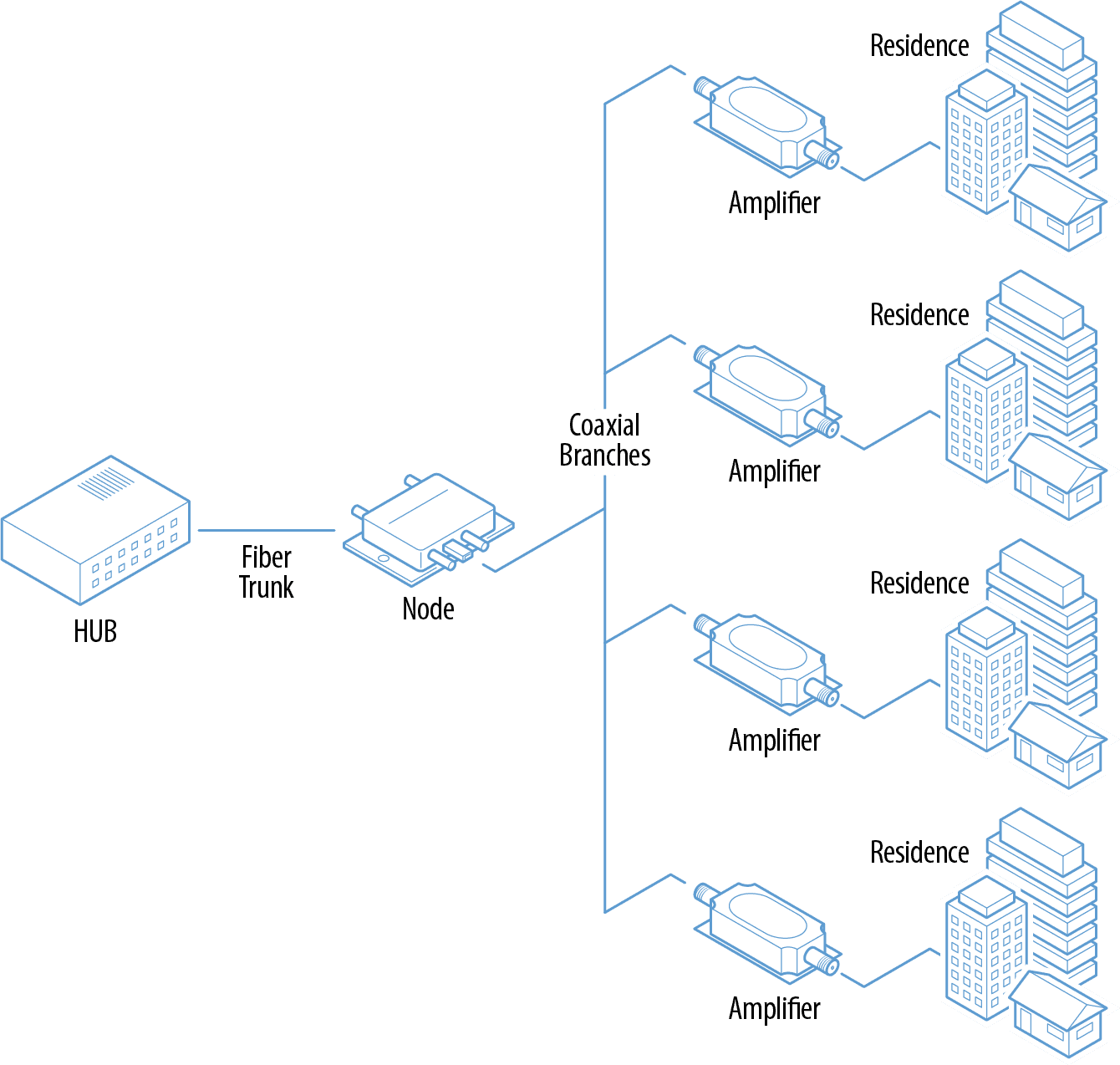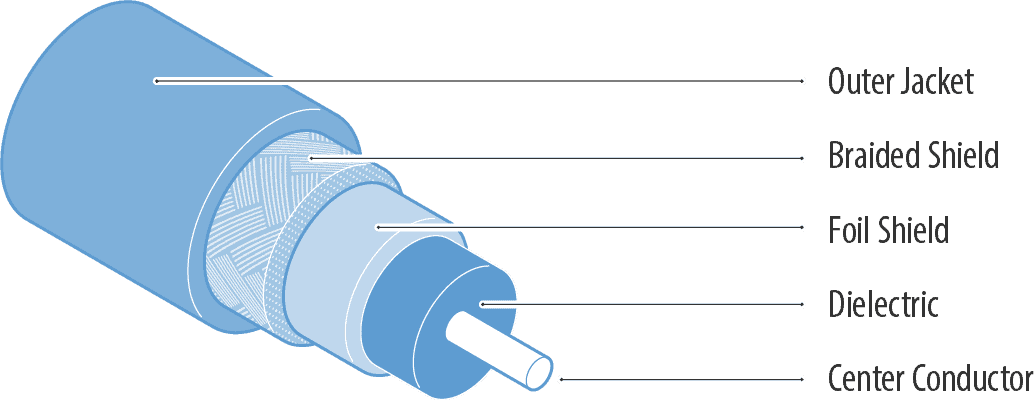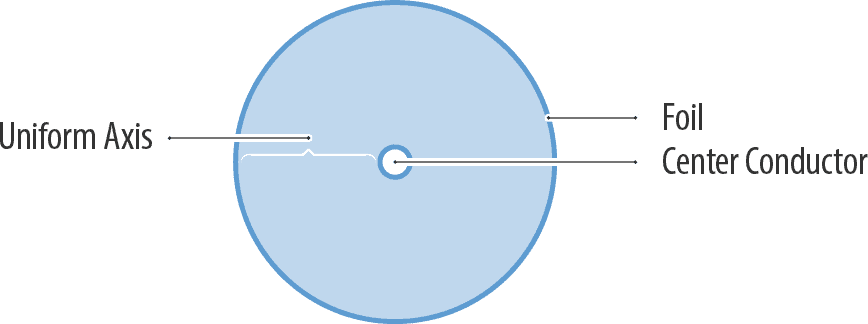Cable Internet in the USA
Providers Offering Cable Service
We've found 417 providers offering Cable service in the US. Below are stats on their coverage and speeds.
| Glenwood Telephone | 0 | 1 | 60 mbps |
| Viking Broadband | 0 | 1 | 30 mbps |
| Optivon | 0 | 1 | 0 mbps |
| Mountain Village Cable | 0 | 1 | 50 mbps |
| Skymesh, Inc. | 0 | 1 | 0 mbps |
| Bluesky Communications | 0 | 1 | 0 mbps |
| Taloga Cable | 0 | 1 | 100 mbps |
| Viya | 0 | 1 | 1000 mbps |
| Kinex Telecom | 0 | 1 | 0 mbps |
| NetCarrier Telecom | 0 | 1 | 100 mbps |
| Syringa Networks | 0 | 1 | 0 mbps |
| Everfast Fiber | 0 | 0 | 0 mbps |
| 24-7 Telcom | 0 | 0 | 0 mbps |
| EmpowerCLE | 0 | 0 | 0 mbps |
| Astound Broadband | 0 | 0 | 0 mbps |
| WesTel Systems | 0 | 0 | 0 mbps |
| Volcano Internet Provider | 0 | 0 | 0 mbps |
Cable Internet In the United States
When it comes to residential internet in the United States, cable is one of the most common forms of access, currently covering over 194 million Americans.
While plans and speeds vary tremendously between areas, all cable service is provided through coaxial cable (the same stuff that traditional analog TV service was provided) to deliver fast and reliable “last mile” internet access to consumers.
According to industry reports, the latest cable technology, DOCSIS 3.0 has been deployed to 85% of households and is capable of download speeds faster than 100 Mbps.
For more details about the number of providers and what communities they serve, we’ve compiled a full list of every provider offering cable service in the United States.
Shopping for a plan?
Should You Get Cable Internet Service?
If you don’t have access to fiber optic internet in your area, cable internet service may be your best bet for a fast reliable internet connection.
Just make sure to research your cable provider first to understand their reputations with regards to customer service, data caps, and billing transparency.
Benefits
Large Coverage Area
Because cable internet services leverage the existing infrastructure there is wide coverage across the continental United States and is a great solution for reliable wired broadband access.
Relatively Fast Speeds
With the latest versions of DOCSIS 3.0 and beyond cable internet is a good solution for delivering fast download and upload speeds that will support most consumer needs.
Low Latency
Cable internet has a much lower latency than other service types allowing for a faster “round trip” of data making the connection much faster than other alternatives such as fixed wireless or satellite.
Limitations
Electrical Based
Since cable technology uses electrical currents to transmit data the bandwidth capabilities and future usefulness of coaxial cables will be pale in comparison to those of fiber optic connections.
Limited Providers
Due to the cost of creating a coaxial infrastructure many areas only have access to one cable provider leaving customers with limited selection of services.
What is cable broadband?
Cable broadband is a method of delivering high-speed Internet to residences and businesses using cable television infrastructure.
Similar to DSL, fiber, and fixed wireless connections, cable bridges the “last mile” between the mainstream Internet “backbone” and customer residences.

Cable is similar to DSL in that both use copper cables to deliver data as electrical signal, as opposed to fiber cables which use optical signal (essentially, light). While DSL uses old-fashioned copper telephone wires, cable broadband uses the same coaxial copper cables that deliver sound and video to cable television subscribers.
Cable provides speeds and bandwidth similar to DSL offerings, with most residential plans offering between 20–100Mbps for downloads and 1–10Mbps for uploads.
In theory, cable wires are more advanced than DSL wiring, allowing for greater bandwidth and faster speeds. In practice, cable connections are “shared” within neighborhoods using a technology called Statistical Multiplexing. This brings down prices for consumers and providers at the cost of slightly reduced speeds, particularly during peak use times.
Components of a cable broadband network
Most “cable” broadband connections are technically Hybrid Fiber Coaxial (HFC) connections.
In an HFC connection, a “trunk” fiber optical cable covers the distance between the provider and a local service area. Once there, it terminates at an optical node, which translates the optical signal to electrical signal. The electrical signal is routed via “branches” of coaxial cable to individual homes, where cable modems split Internet and TV signal and deliver it to a home network.
In some cases repeaters or amplifiers are used to boost signal every 600 meters or so.

How coaxial cables work
Digital data is, in essence, strings of binary “on/off” signals, generally represented as zeros and ones. Everything you experience when you use the Internet is stored as digital data.

When you tune in to a TV channel, you’re selecting a particular “slice” of the signal being transmitted over that cable, just like selecting a channel on wireless radio. In simple terms, broadband cable Internet takes up one of those “channels” on a coaxial cable.
The biggest difference between broadband Internet data and traditional TV data is that Internet data goes both ways as users upload and download content. To prevent signals from interfering with one another, coaxial cables are “split,” using 52–750 MHz for downloads and 5–42 MHz for uploads.

Anatomy of a coaxial cable
The traditional “cable networks” that cable broadband uses to bridge the “last mile” are composed of copper coaxial cables.
Coaxial cables have a variety of parts, each designed to protect and transmit electrical signals as precisely and efficiently as possible.

- Central copper conductor: Carries electromagnetic signal. This will often be copper-coated steel rather than pure copper, which increases the strength of the cable. High frequencies tend to travel on the outside of a conductive wire, a phenomena called “skidding,” allowing the steel central strength member to avoid interfering with the cable’s carrying capacity.
- Plastic dielectric insulator: Maintains uniform distance between center wire and outer foil.
- Aluminum foil: Foil essentially bounces high frequency signal back to the center wire as it tries to escape the cable. Foil also blocks high frequency electromagnetic interference from outside the cable.
- Braided copper: This layer has a similar function to the foil, but the braided copper construction makes it particularly effective at canceling out low-frequency electromagnetic interference from outside.
- Outer jacket: Usually made from PVC, the outer jacket protects the interior of the cable, repelling water, animals, and other contaminants once installed.
The term “coaxial” refers to the shared axis between the central copper conductor and outer foil/mesh layer. Maintaining this uniform axis or distance between the center conductor wire and outer mesh/foil creates a stable environment for signal to move, defining the “capacity” of the cable.

The mesh also serves to protect the signal inside from electromagnetic interference outside the cable, allowing the signal to travel farther before it deteriorates.
To envision this, think about mass transportation. A traditional DSL cable is like a bus: it’ll get from point A to point B, but it’s constantly slowed down by outside traffic. Coaxial cable is like a subway line, with the mesh wrapper acting as the tunnel wall: no interference from other vehicles translates to faster, more reliable transportation.
Translating data: how DOCSIS works
In an ideal situation, broadband data would be delivered to subscribers via direct bi-directional cables. Cable has two big roadblocks to this sort of ideal setup. First, coaxial cables are not designed to be bidirectional, since they were originally designed for one-way broadcast media, specifically television. Second, they are not direct, since residence connections are shared starting at the local node.
Cable broadband providers work around these issues by using DOCSIS, an acronym for Data Over Cable Service Interface Specifications. DOCSIS is a suite of specifications developed by CableLabs, a nonprofit research organization.

DOCSIS essentially oversees the transmission and “translation” between optical and digital signal through coaxial cable. It specifies a standard protocol for cable modems for modulating and demodulating electromagnetic signal on either end of a coaxial cable.
Without a universal standard like DOCSIS for how to send, receive, and translate electromagnetic signal, it would be impossible for equipment from different manufacturers to operate in complex real-world setups.
DOCSIS and cable modems
The DOCSIS standard is constantly evolving to increase service quality and boost upload capacity. As such, cable modems will include information about which DOCSIS version they use. Older DOCSIS specifications will still work, but an older DOCSIS modem will act like a bottleneck, slowing down broadband connections with faster throughput than that older DOCSIS can handle.
The latest version, DOCSIS 3.1, is designed to compete with 1Gb up/down synchronous fiber connections.
Approximate capacity of DOCSIS versions

- DOCSIS 1: 38Mbps Down, 9Mbps Up
- DOCSIS 2.0: 38Mbps Down, 27Mbps Up
- DOCSIS 3.0: 152Mbps Down, 108Mbps Up (CableLabs says it can now go even higher)
- DOCSIS 3.1: 10,000Mbps Down, 1,000Mbps Up
Pros and Cons of cable broadband
pros
- Uses existing TV infrastructure to reduce cost
- High speeds rivaling pure fiber in ideal implementations
- Affordable for combination TV/Internet packages
cons
- Often slows down during peak use periods
- Upload speeds usually much slower than download
- Susceptible to electromagnetic interference
Largest Cable Providers
States with the most Cable coverage
-
New Jersey
98.6% Coverage
-
Connecticut
98.2% Coverage
-
Massachusetts
97.2% Coverage
-
Rhode Island
97.0% Coverage
-
District of Columbia
96.7% Coverage
-
Maryland
96.2% Coverage
-
New York
96.0% Coverage
Cable Providers: Availability by State
| Alabama | 4,011,384 | 79.8% | 14 Cable Providers |
| Alaska | 533,102 | 72.7% | 1 Cable Providers |
| Arizona | 6,386,291 | 89.3% | 11 Cable Providers |
| Arkansas | 2,111,982 | 70.1% | 13 Cable Providers |
| California | 37,513,866 | 94.9% | 23 Cable Providers |
| Colorado | 5,079,714 | 88.0% | 12 Cable Providers |
| Connecticut | 3,540,316 | 98.2% | 5 Cable Providers |
| Delaware | 942,332 | 95.2% | 3 Cable Providers |
| District of Columbia | 667,066 | 96.7% | 5 Cable Providers |
| Florida | 20,047,744 | 93.1% | 17 Cable Providers |
| Georgia | 9,577,517 | 89.4% | 21 Cable Providers |
| Hawaii | 944,034 | 64.9% | 2 Cable Providers |
| Idaho | 1,476,802 | 80.3% | 12 Cable Providers |
| Illinois | 11,881,039 | 92.7% | 14 Cable Providers |
| Indiana | 5,716,807 | 84.3% | 9 Cable Providers |
| Iowa | 2,389,905 | 74.9% | 28 Cable Providers |
| Kansas | 2,345,897 | 79.9% | 19 Cable Providers |
| Kentucky | 3,560,512 | 79.0% | 21 Cable Providers |
| Louisiana | 4,038,275 | 86.7% | 11 Cable Providers |
| Maine | 1,211,682 | 88.9% | 4 Cable Providers |
| Maryland | 5,945,578 | 96.3% | 11 Cable Providers |
| Massachusetts | 6,830,970 | 97.2% | 6 Cable Providers |
| Michigan | 9,003,088 | 89.3% | 20 Cable Providers |
| Minnesota | 4,833,971 | 84.7% | 17 Cable Providers |
| Mississippi | 2,064,011 | 69.7% | 10 Cable Providers |
| Missouri | 4,774,982 | 77.6% | 14 Cable Providers |
| Montana | 706,481 | 65.2% | 6 Cable Providers |
| Nebraska | 1,587,641 | 80.9% | 16 Cable Providers |
| Nevada | 2,901,883 | 93.5% | 6 Cable Providers |
| New Hampshire | 1,281,515 | 93.0% | 3 Cable Providers |
| New Jersey | 9,156,161 | 98.6% | 5 Cable Providers |
| New Mexico | 1,675,595 | 79.1% | 6 Cable Providers |
| New York | 19,397,239 | 96.0% | 12 Cable Providers |
| North Carolina | 9,385,010 | 89.9% | 20 Cable Providers |
| North Dakota | 544,197 | 69.9% | 4 Cable Providers |
| Ohio | 10,804,755 | 91.6% | 22 Cable Providers |
| Oklahoma | 2,900,622 | 73.3% | 6 Cable Providers |
| Oregon | 3,828,361 | 90.4% | 11 Cable Providers |
| Pennsylvania | 12,422,780 | 95.5% | 23 Cable Providers |
| Rhode Island | 1,064,238 | 97.0% | 5 Cable Providers |
| South Carolina | 4,398,774 | 85.9% | 14 Cable Providers |
| South Dakota | 572,166 | 64.5% | 6 Cable Providers |
| Tennessee | 5,938,485 | 85.9% | 15 Cable Providers |
| Texas | 25,476,086 | 87.4% | 24 Cable Providers |
| Utah | 2,951,652 | 90.2% | 8 Cable Providers |
| Vermont | 519,156 | 80.7% | 4 Cable Providers |
| Virginia | 7,666,403 | 88.8% | 13 Cable Providers |
| Washington | 7,068,825 | 91.7% | 20 Cable Providers |
| West Virginia | 1,449,502 | 80.8% | 13 Cable Providers |
| Wisconsin | 4,803,380 | 81.5% | 14 Cable Providers |
| Wyoming | 407,949 | 70.7% | 5 Cable Providers |
Are you a journalist or researcher writing about this topic?
Contact us and we'll connect you with a broadband market expert on our team who can provide insights and data to support your work.

